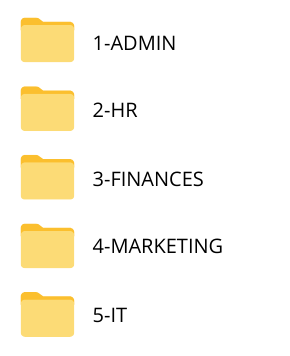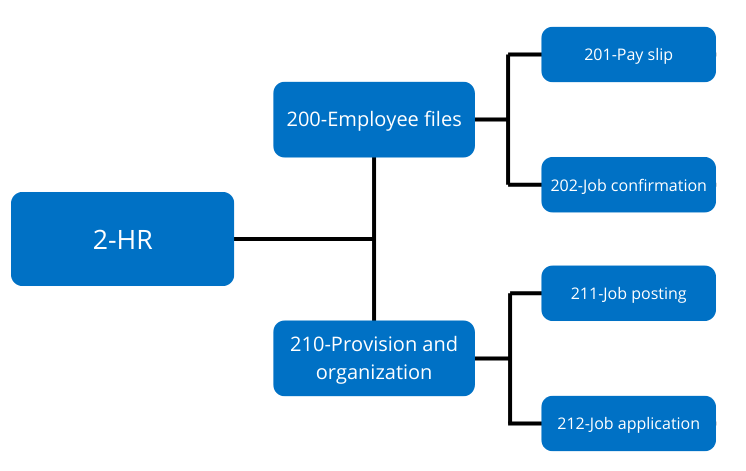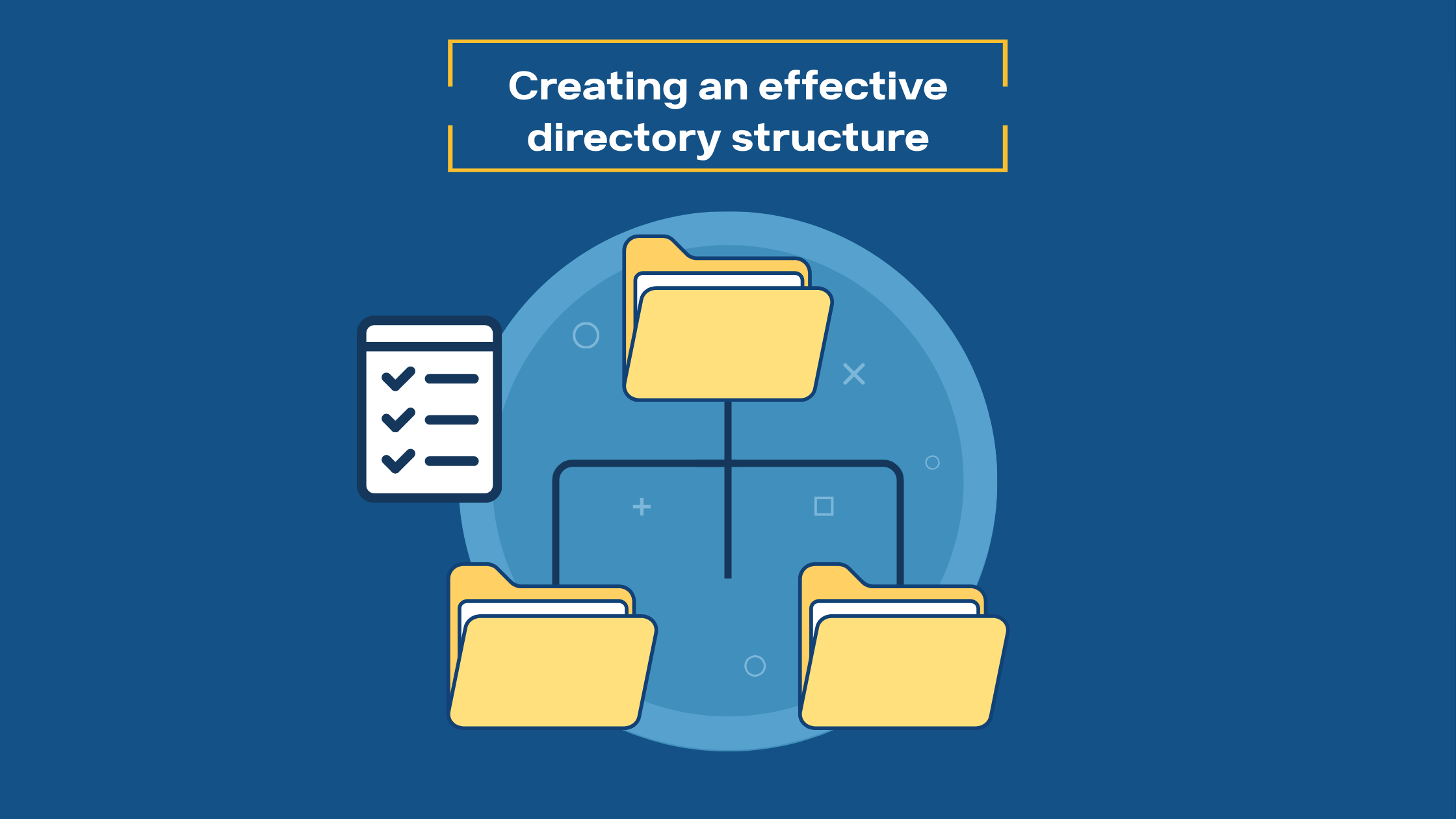In a world where information spreads quickly (sometimes a bit too much), knowing where to keep your files and how to label them can make all the difference. Whether on a local server or in a collaborative environment like SharePoint, a decent directory structure quickly becomes a crucial success factor.
Why a good file structure is crucial
You’ve undoubtedly encountered it: spending 10 minutes looking for a file, deciding between two similar files, accessing multiple versions of the document… This type of time-wasting soon accumulates and might even lead to frustration.
A clear structure allows:
- To gain quick access to the desired information.
- Limit version mistakes and duplicates.
- A smoother integration of new employees.
- Improved cooperation between coworkers.
- Save valuable time and make life easier.
Without a consistent structure, files accumulate in a disorderly fashion, making management difficult, even risky. Taking the time to improve your file structure is a simple and profitable investment.
The basics of a good directory structure
Rely on clear hierarchical classifications
The first step is to establish the main categories based on the team’s need. To enable automatic sorting, they ought to be properly titled and numbered.
The idea is for everyone to immediately understand which “universe” they are in. To keep the structure simple and effective, we recommend limiting the numbers to 1-9.

Create consistent subfolders
Under each main category, you must descend one level in accordance with the applicable logic.
The following is an example of an HR file structure:

Choose simple and effective folder names
There are a few guidelines to follow when naming your folders and files.
- Short, preferably fewer than 40 characters.
- Descriptive, yet concise.
- Devoid of accents, multiple spaces, and special characters.
- Structured using a consistent methodology (e.g., Client_Project_Year).
And if multiple versions have to coexist:
- Action_plan_V1
- Action_plan_V2
Limit file depth
Overly long paths on SharePoint or OneDrive may prevent files from being opened or saved. If the full path (folder + subfolder + file name) exceeds 250-300 characters, you may be unable to move or rename your files. We recommend having no more than 3-4 levels of subfolders.
Share and centralize the rules
While having a good structure is an excellent place to start, but it needs to be understood and respected by all users in order to be truly effective.
Here is what we recommend at 10RUPTiV:
- Create a reference document that outlines the standard structure and conventions to be followed.
- Train new employees upon their arrival.
- Perform regular clean-ups.
- Limit the ability to create/modify folders to a few key individuals.
A structure that well-shared and understood by everyone ensures its coherence and efficiency.
What to avoid
Even with a good structure in place, simple mistakes can affect the system’s effectiveness.
Here are three mistakes to avoid if you want to maintain your directories clear, accessible, and sustainable.
- Repeating existing information in the hierarchy: If a file is already classified in a folder named “Client_ABC” or “2024”, it is unnecessary to repeat this information in the file name.
- Create unnecessary folders: As the number of levels increases, so does to complexity of access. It is therefore irrelevant to create a “Documents” folder within a folder already named “Project.”
- Changing the method without notice: If the convention evolves, it must be communicated to the whole team. Otherwise, it’s back to chaos.
In conclusion
Setting up an effective directory structure is a simple yet strategic action. It not only saves time, but it also improves collaboration and reduces the number of errors. It is also critical to maintain continuity in the even of absence or personnel changes.
In short, it makes work easier, more consistent, and, most importantly, more pleasant.



